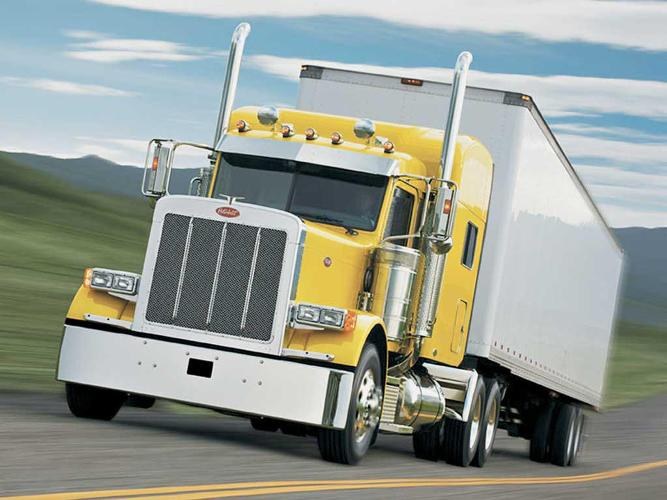Instruction
1
Understand that there are different types of carrying capacity. Calculate the rated capacity of the vehicle as the permissible load, which is transport able to transport. Nominal capacity, in turn, depends on the quality of the road surface. So, when you use transport on the hard surface for cars, it ranges from 500 kg up to 14 tons, and trucks, for example, more than 28 tons.
2
Examine the technical documentation of your vehicle. In the technical passport must be specified the optimal weight that the vehicle can carry and the maximum load capacity exceed that which is prohibited. These parameters are calculated by designers taking into account the possible load on the chassis exceeding the maximum allowable weight may cause damage to the separate units of the car.
3
Inspect the body of the car. In some types of machines for door frame on the driver side attached to the so-called certification label with information about some of the technical parameters that include complete permitted weight of vehicle and maximum permissible load on each axle.
4
When calculating the load, consider the load distribution on the rear and front axis of the machine. The correct layout of the cargo in the vehicle will depend on the agility and driving safety. For those vehicles that have more than two axles, the maximum weight is the sum of the load on the front axle and rear bogie, which brings together middle and rear axles.
5
Determine what type duty is your truck. A particularly small load capacity up to 1 ton, light-duty vehicles can carry from one to two tons of cargo, the average capacity of 2-5 tons and vehicles used for the carriage of goods weighing over five tons, are to transport a large or even extra large capacity.




